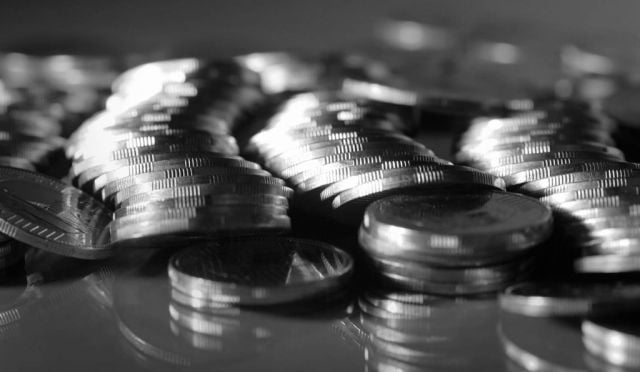Figures out from Capital.com show that trading volumes have surged by more than 2,000% in USD/JPY in the last 10 days.
The global retail trading platform also noted a change in sentiment with 49% of traders now largely shorting USD/JPY. One week ago (8/3/22), Capital.com traders were 61% net long USD/JPY. This comes ahead of the Bank of Japan (BoJ) interest rate decision expected later this week.
David Jones, Chief Market Strategist at Capital.com, said: “Traders are betting that the current weakness of the yen has been overdone, as USD/JPY pushed out to its best levels since December 2016. The US dollar has been seen as something of a safe haven destination this year and just in March the dollar has climbed by around 2.5% versus the Yen. With the Japanese central bank, the Bank of Japan, meeting towards the end of this week, it does seem that some traders at least are betting there is the potential for surprises here, although the BoJ has been adamant so far in ruling out any rate changes to combat its own inflation problems. Nevertheless, volatility attracts traders and with the surge in USD/JPY this month it’s not surprising that it has caught the interest of many of our clients.”
Economists expect the Bank of Japan will maintain its current accommodative policy stance. This includes keeping in place its -0.1% for short term rates. The Bank also has 0% as its desired trading range for the 10 year Japanese bond – it even offered to buy an unlimited amount of 10 year bonds last month, at a fixed rate of 0.25% as it tried to keep the lid on any rise in yields above its target range.
Like many other developed economies, Japan is a major oil importer and will be facing worries over the longer term impact of energy prices on underlying inflation. There is a tight positive correlation between Japan’s producer price index and the year on year change in oil prices. Japanese companies are looking vulnerable to persistently high oil prices.
Is the tide finally starting to turn for EUR/USD?
The other currency pair making waves is EUR/USD. Capital.com has noted a 3,398% rise in traders clamouring to the EUR/USD currency pair since 28 February 2022. EUR/USD trading volumes have grown by 835% over the same period.
“The last 12 months have not been good ones for the euro – with the single currency dropping by around 12% versus the US dollar,” Jones said. “The dollar has had a good run overall, as many have seen this as a safe haven destination in times of uncertainty and we have had plenty of that with Covid and Russia’s invasion of Ukraine. But is the tide finally starting to turn for EUR/USD?”
March saw the currency pair trade to its lowest since may 2020 – and back then the whole 1.06/1.08 area did prove to be a turning point, and the base for a sustained euro recovery. According to Jones, whether that proves to be the case this time remains to be seen but given the run the US dollar has had just this year, nevermind over the past 12 months, some traders at least are taking the view that it is time for something of a retracement in the greenback’s fortunes and it could be time for something of a euro comeback, at least in the short-term.






















